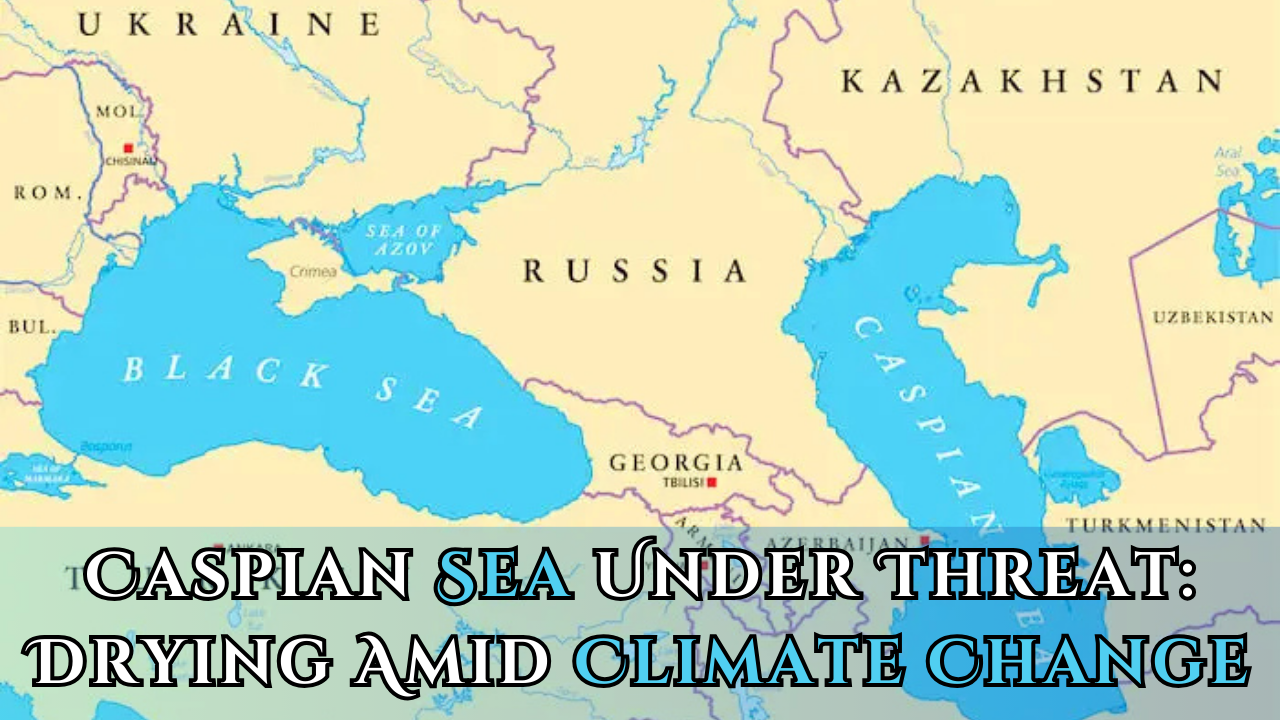Font size:
Print
Nankai Trough
Context:
After a 7.1-magnitude earthquake shook southern Japan on August 8, Japan’s meteorological department has issued its first-ever “megaquake advisory”.
A megaquake is an earthquake with a magnitude greater than 8.
More on the news:
- The warning indicated an increased likelihood of strong shaking and large tsunamis along the Nankai Trough, a subduction zone on Japan’s southwest Pacific coast.
- Despite the elevated risk, the advisory clarified that this does not guarantee a major earthquake will occur within a specific time frame.

About the Nankai Trough:
- The Nankai Trough is a nearly 900 km long underwater subduction zone where the Eurasian Plate collides with the Philippine Sea Plate, pushing the latter into the Earth’s mantle.
- These so-called “megathrust quakes,” which frequently occur in pairs, have triggered hazardous tsunamis along Japan’s southern coast, a region known for its high seismic activity.
- This tectonic interaction builds stress that can lead to a megaquake.
- According to a 2023 study, the trough has historically produced large earthquakes every 100 to 150 years.
- These earthquakes often occur in pairs, with the second one typically happening within two years; the most recent twin earthquakes occurred in 1944 and 1946.
- On August 8, a magnitude-7.1 earthquake struck on or near the Nankai Trough, according to the United States Geological Survey, prompting concerns that the next tremor in the region could be catastrophic.
- Presently, there is no available technology to detect these precursory signals effectively.

